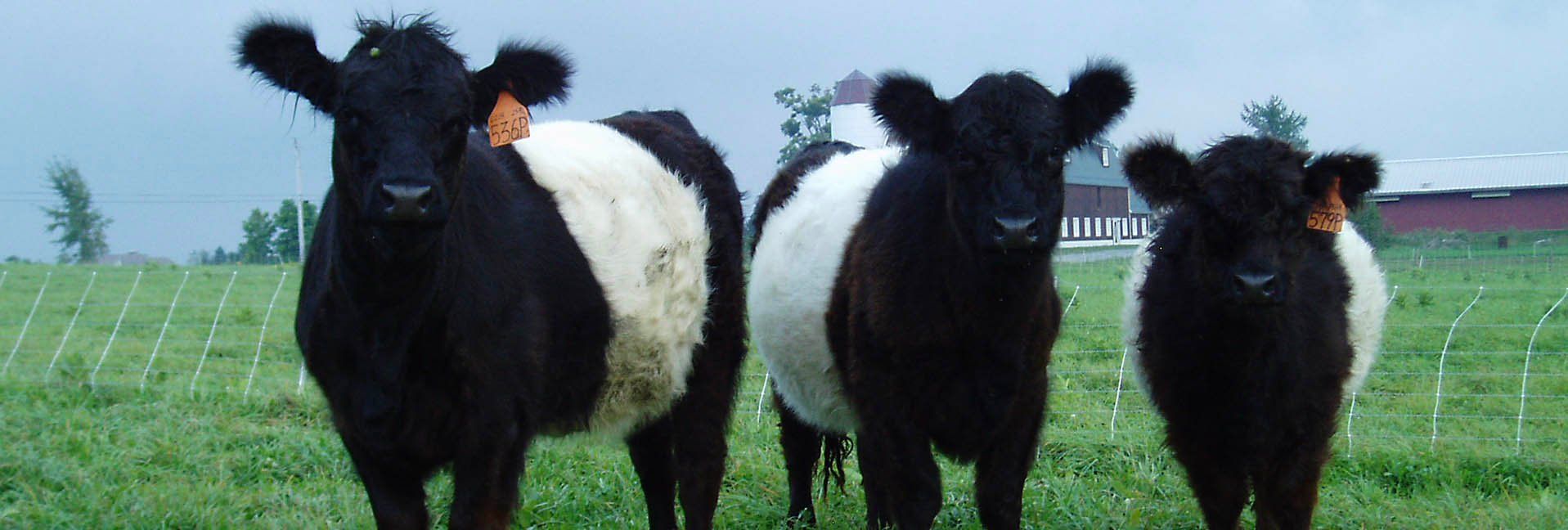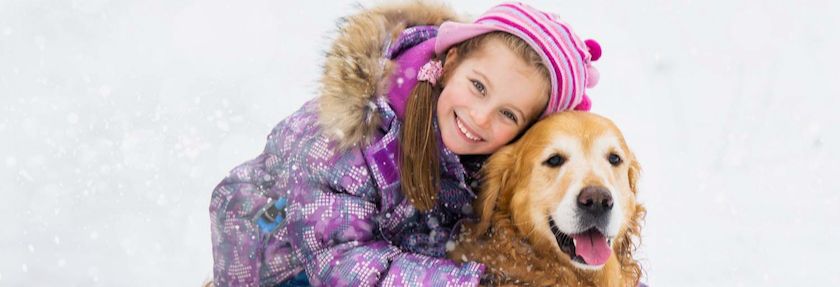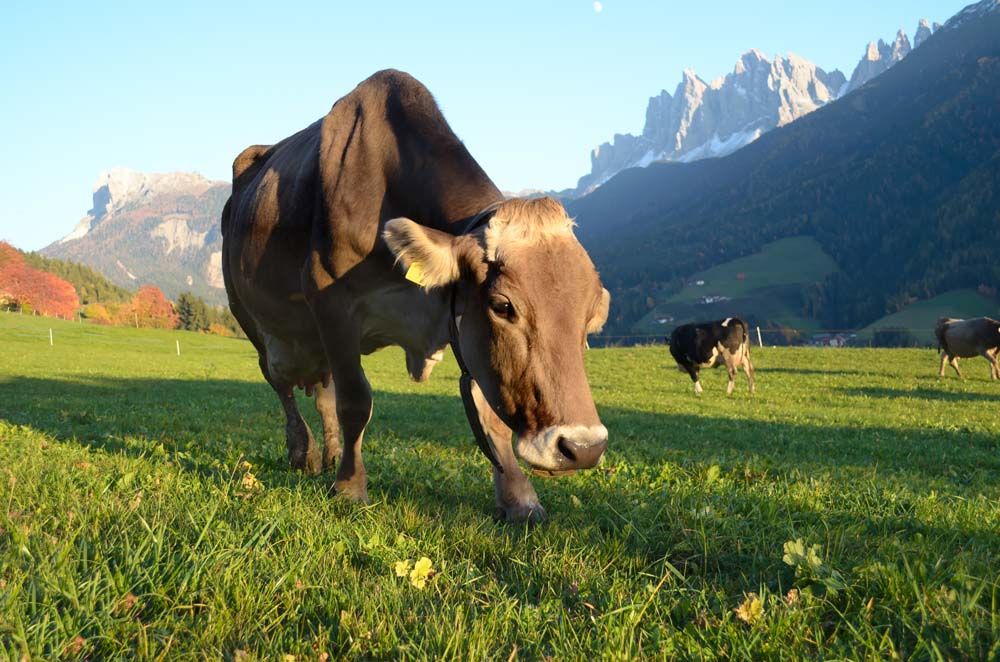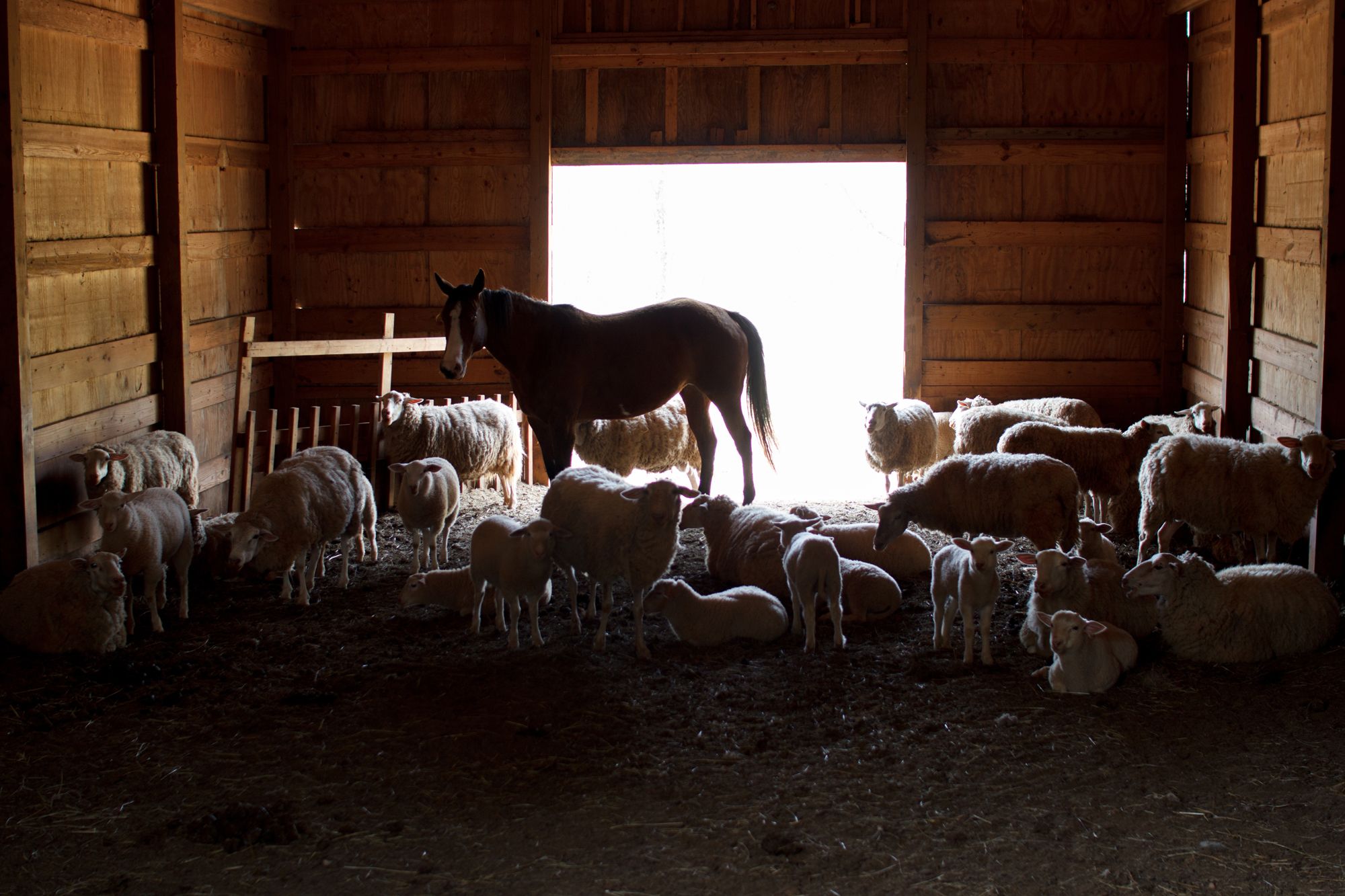What’s Black-And-White And Loved All Over? Belted Galloways, the Oreo cookie cow


If you’re looking to raise heritage cattle and you prefer a breed with a distinctive appearance, you might do well to consider the charming Belted Galloway. Let’s explore the history and attributes of this delightful breed, so pour a big glass of milk and enjoy! (Oreo cookies optional.)
Meet the Beltie
Affectionately called as “Belties” or “Oreo Cookie Cows,” most Belted Galloways are black with a distinctive, prominent, and wide white belt that encircles the midsection. This striking black-and-white coloring is undoubtedly the breed's most recognizable trait; it's also the reason for its association with the iconic black-and-white sandwich cookies. Red and dun Belted Galloways also exist, although in far fewer numbers, and the black cattle can sometimes appear brown in the summer due to fading from the sun.
The Belted Galloway originates from Galloway area of southwestern Scotland, a region of rugged terrain, hills, woodland, and moors. Developed in these harsh conditions, the Belted Galloway has a reputation as a hardy breed, capable of thriving in locations with disagreeable weather.
The breed possesses a double coat that provides an additional layer of insulation and lends the Belted Galloway an endearing, sometimes shaggy, appearance. The presence of this thick winter coat means that the breed is among the best for cattle breeders in cold climates. The double coat also means that the Belted Galloways don’t develop fat layers for warmth the way some cattle breeds do; this can improve the taste of the meat.
Belted Galloways are also fairly resistant to disease, and are noted for effectively converting calories to mass.
A distinctive appearance
It isn’t clear exactly how or when the ancestors of the Belted Galloway attained the trademark white belt, but some suspect that the coloring was the result of crossing black Galloway cattle with similarly-colored Dutch Belted cattle (also known as Lakenvelders).
Ideally, the white belt will be the only white visible on the animal's body, although the Belted Galloway Society notes that "females that exhibit white above the hooves, that does not extend above the dewclaws, can be registered in the Herd Book."
As with any breed of cattle, the weight of adult Belted Galloways can vary somewhat depending on the individual. Many Belted Galloway bulls finish up at just under 2000 pounds and mature cows generally reach 1100 to 1300 pounds. Belted Galloways tend to mature more slowly than other cattle breeds, so some farmers prefer to avoid breeding their Belted Galloway cows until they are at least 24 months old.
Belted Galloways are a polled variety of cattle, meaning that they naturally lack horns and therefore don’t need to be dehorned as calves—a real benefit for beginning cattle farmers who are still becoming familiar with cattle in general and don’t need an additional chore to worry about. They’re also a long-lived bovine, with some Belted Galloways surviving into their late teens or beyond.
A versatile breed
Even though some people choose Belted Galloways for their delightful coloring, don’t think for a minute that the breed’s attributes are purely aesthetic. Belted Galloway meat is praised for its high quality, its excellent marbling, its low saturated fat content, and, of course, its taste. The Belted Galloway Society notes that regardless of whether Belties are grass- or grain-finished, the resulting beef is tender and flavorful.
And while the breed is predominantly used for beef, the Belted Galloway is a dual-purpose breed. The generally docile nature of Belted Galloways means that it’s possible to use them for dairy purposes, and the breed produces very rich milk. One note of caution: Belted Galloways tend to have a strong “mothering” instinct, which is wonderful for their newborn calves but may make handling the cow more challenging during the newborn period.
And if the appealing belted coloring strikes your fancy, keep in mind that not every critter on the farm has to have a utilitarian function—many folks keep Belted Galloways simply as pets to add ambience to their property.
Some Scottish farmers prefer the Belted Galloway because the white marking was easy to spot when the cows are up on the hills.
From the past to the future
The mid-19th century saw the inclusion of the breed that would become the Belted Galloway in Edward Ravenscroft’s The Polled Herd Book, and several decades later the Belted Galloways gained their own breed book in the U.K. By the late 1930s, the first Belted Galloways had arrived in the United States and a trio of devoted enthusiasts established the American Belted Galloway Breeders Association (now the Belted Galloway Society) in 1951.
The Livestock Conservancy includes the Belted Galloway on the “recovering” section of its 2017 Conservation Priority List. This means that while the breed’s population numbers have improved over time, its status is still being monitored by the Livestock Conservancy and the breed has not yet “graduated” from the list. But if interest in the breed continues to climb—and with a breed as enchanting as the Belted Galloway, it undoubtedly will—we can hope to see the population flourish to the point that the breed will no longer qualify for "rare" status.
Is the beauty of a Belted Galloway in your future? Join the fun with this fabulous breed and find out for yourself just how delightful an Oreo Cookie Cow can be.
Need More Info?
Learn more about the Belted Galloway
Belted Galloway Society (U.S.): beltie.org
The Belted Galloway Cattle Society (U.K.): beltedgalloways.co.uk/
Tags:Country Critters

Acreage Life is part of the Catalyst Communications Network publication family.
















